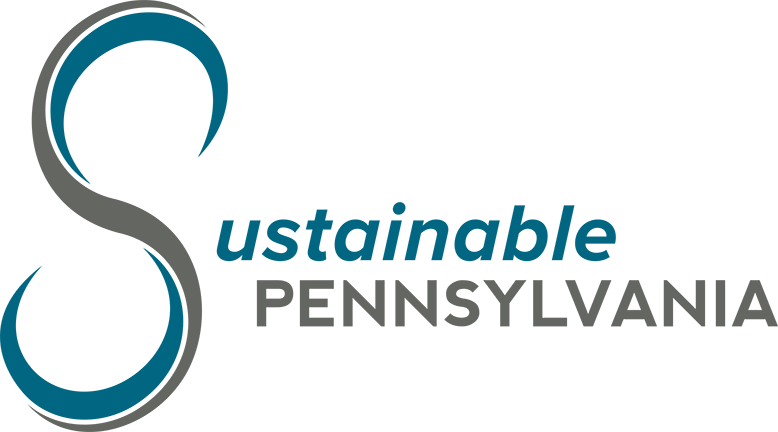Description:
Municipalities have a variety of approaches at their disposal to build welcoming, vibrant, safe communities that improve equitable access to civic leadership and participation. Equity issues intersect with every aspect of a municipality’s work, from procurement to policing to land use, code enforcement, and more. Understanding the historic and ongoing impacts of inequities in our society provides an important foundation for municipal leaders seeking to improve their local equity practices and outcomes. With effort, understanding, and attention to community feedback, municipalities can make substantial positive impacts on the equity issues in their communities.
Step-by-Step Guide:
- Understand the history and reality of inequity in your community and beyond – Officials looking to improve their communities should first understand the history of race-based inequities and more broadly inequities faced by other marginalized groups locally, regionally, and across the US extent possible, within the local and regional community.
Starting with historic information, you can read about systemic racism and the inequitable implementation of the G.I. Bill post-World War II and learn about redlining and how it was applied in your community.
To understand modern challenges and manifestations of inequity in your community, utilizing tools such as the CDC’s Social Vulnerability Index mapping tool can provide a view into your community’s areas of improvement.
Municipalities should also consider completing a municipal equity self-assessment tool (view a guide to self-assessment tool options here).
- Begin the Community Conversation – Listening, education, outreach are key to ensuring community-wide attention to and involvement in local equity initiatives. Not only will diverse perspectives on the real, lived experiences of people in marginalized groups allow for the design of better programming to address the people’s needs, they will also establish a greater sense of buy-in due to community participation in identifying and addressing the issues.
- Use Data to Determine Priority Issues – Policy, programming, and partnerships can have greater impact when they are designed to address specific needs. Understand and use local baseline data points to set measurable goals that will motivate and guide action, both for the local government and the broader community.
- Build Capacity by Engaging Consultants and Community Volunteers – Most municipalities do not have the in-house capacity or expertise to adequately assess their internal and community-wide equity issues. Therefore, it can be invaluable to enlist the support of a paid consultant with diversity, equity, and inclusion expertise to assess the municipality and offer evidence-based recommendations on addressing opportunities for improved practices. Further, the establishment of a local volunteer commission on human rights, human relations, or diversity and equity can help with the passing of new protective ordinances and other policy recommendations.
- Growing the Work through Programming & Partnerships – As a clear understanding of the current equity challenges and service gaps of the community emerges, municipal leaders should strategically begin developing partnerships to effectively address community needs. Often, human service and equity-enhancing programs already exist and are open to community members but are relatively unknown. Creating a resource guide to help connect people in need to the various services and programs available to them is a relatively easy way to improve community equity. In some cases, local nonprofit organizations could offer additional services with more dedicated funding, which the municipality can provide from its budget. Municipal advocates can also support program funding requests and advocacy to higher level government agencies and officials.
Building meaningful partnerships across sectors (local/state/regional government, nonprofit organizations and schools, area businesses, etc.) allows for valuable sharing of information, stories, best practices and lessons learned, all of which can build trust and collaborative effectiveness. As various community-serving entities gain a shared understanding of the issues, challenges, and opportunities in the community, all partners can be empowered to accept the responsibility of advancing equity.
- Developing a Community Equity Action Plan – After trust has been built and a shared understanding of community challenges established, municipalities should develop a Community Equity Action Plan. The plan should discuss the background of the community’s challenges, outline the opportunities and goals of the community as it relates to equity and related issues, and detail the targeted actions, anticipated budgets, key partners, related outcomes, estimated timelines, and potential funding sources for meeting the community-developed goals. These priorities and plans should be determined through a community consensus-building process to ensure that the plans represent the community’s wants and needs. Engaged community members and critical stakeholders should meet regularly to discuss progress on (and challenges with) advancing the plan once it is adopted, and goals and strategies should be re-evaluated annually to ensure the plan is reflective of the community’s evolving needs and, if not, updated to reflect the changing circumstances of the community.
